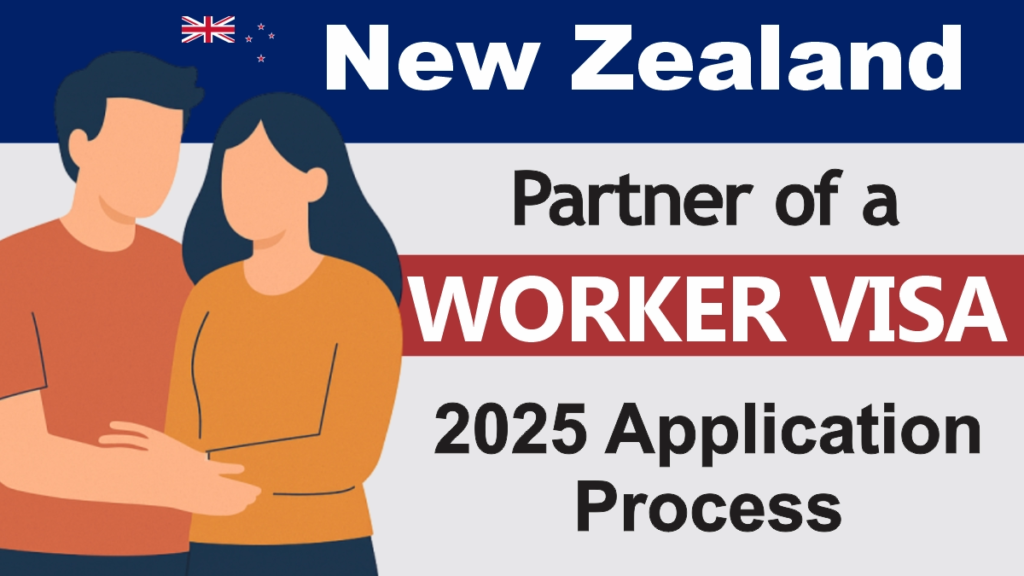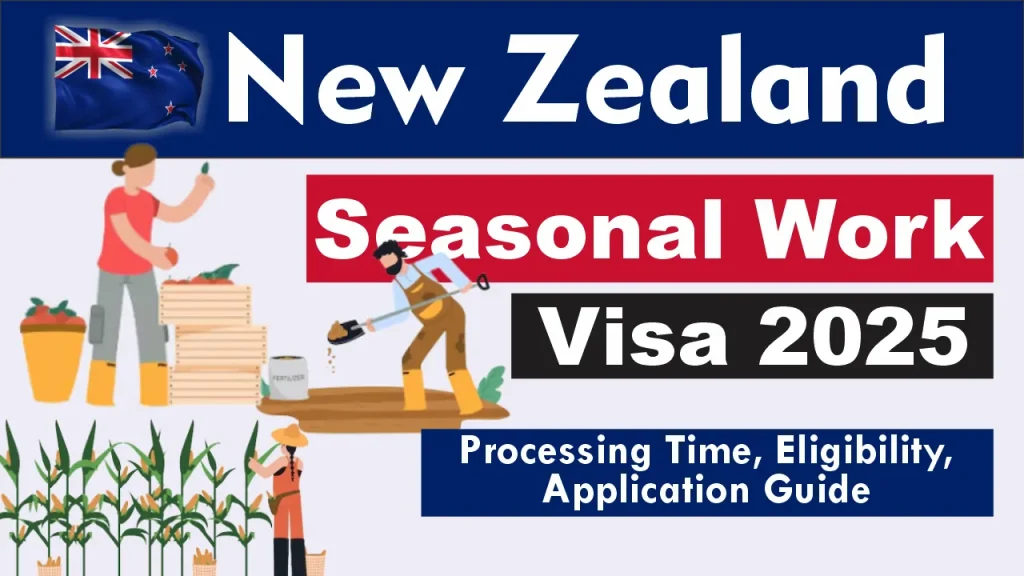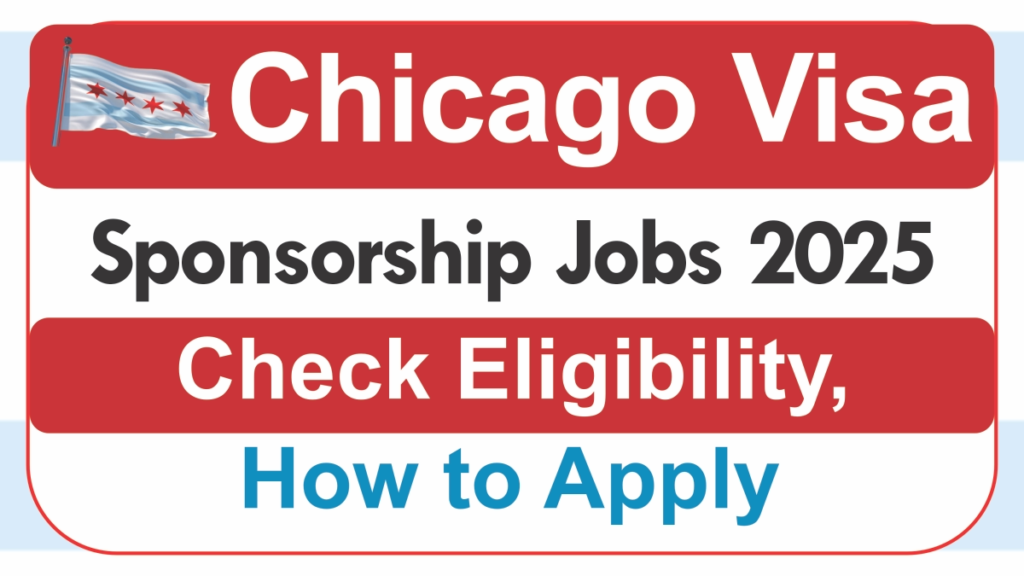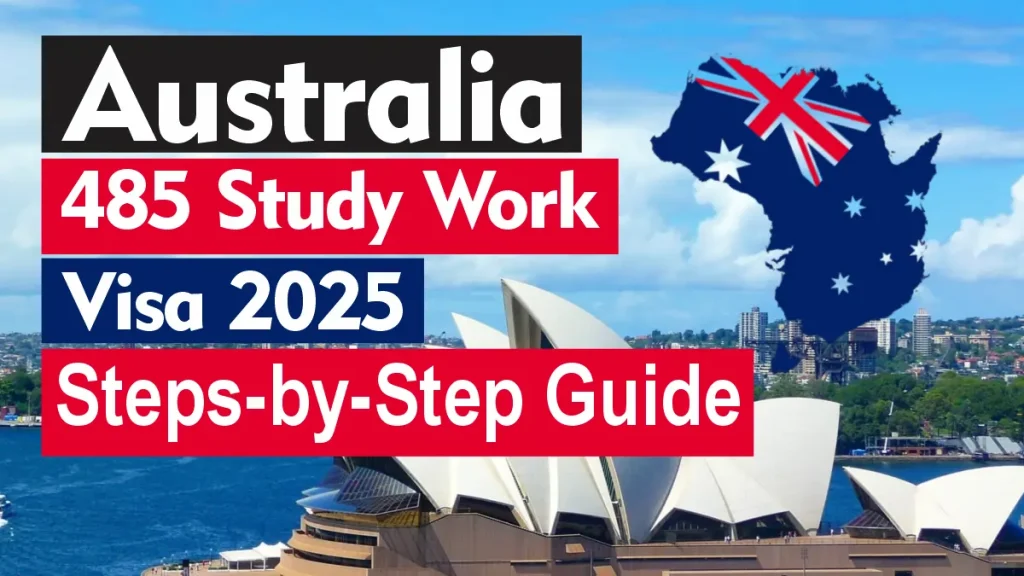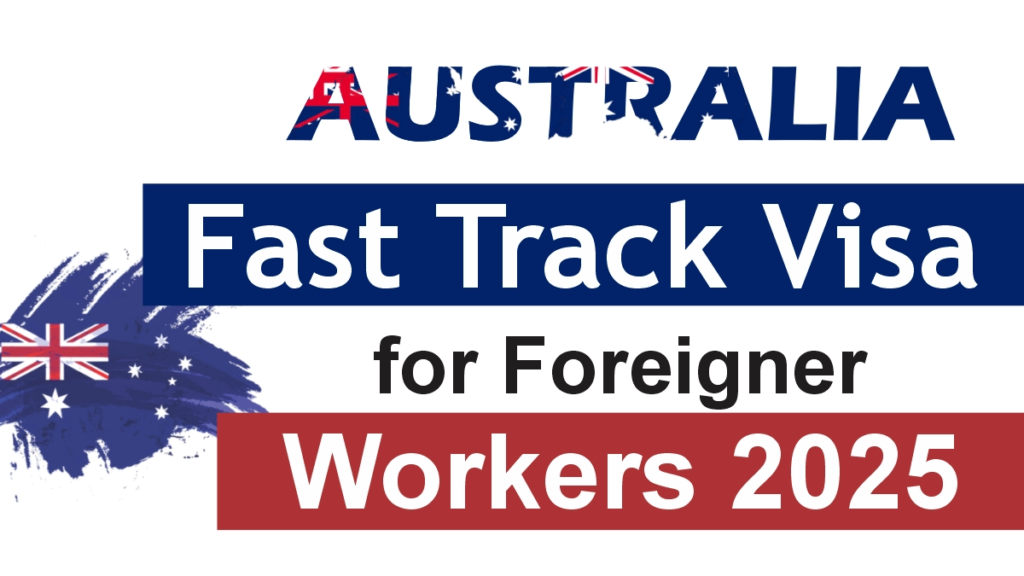Canada LMIA Halted and Major Alberta PR Changes for 2025
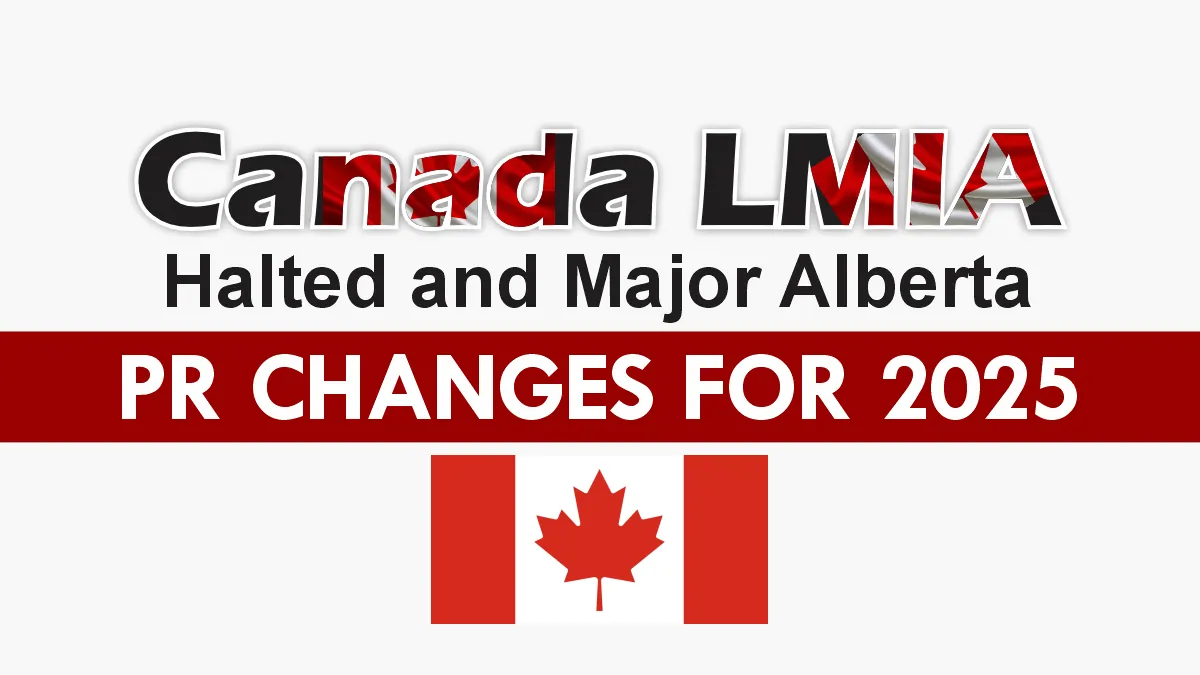
Have you made plans to immigrate to Canada or are you currently working there on a temporary basis? The recent changes announced in 2025 may significantly affect your decisions. One of the major updates involves a pause on Labour Market Impact Assessments (LMIAs) and adjustments to Alberta’s Permanent Residency (PR) priorities.
The intended purpose of this guide is to help you comprehend the LMIA pause, Alberta’s new PR focus, how these changes affect foreign nationals, and the steps to take now.
What is LMIA and Its Essence?
The Labour Market Impact Assessment (LMIA) is a document that Canadian employers must obtain before hiring most foreign workers. It proves that no Canadian citizen or permanent resident is available to fill a specific role and that hiring a foreign national will not negatively impact the Canadian labor market.
An LMIA is required for several work permit categories and is often the first step in transitioning to permanent residency.
What Does “LMIA Halted” Mean in 2025?
As of early 2025, the Canadian federal government announced a temporary suspension of new LMIA processing of low-wage in regions with unemployment rates over a certain threshold.
This decision does not affect LMIA-exempt programs such as the International Mobility Program (IMP), NAFTA/USMCA professional categories, or intra-company transfers.
Areas That are Impacted
This update has influenced 24 Census Metropolitan Zones (CMAs) across the country. Toronto, Moreal, and Vancouver are some of the cities having higher than 6% unemployment rates hence are on the list.
Purpose of the Update
The intended aim which the government is looking forward to achieving is boosting neighborhood business in high-unemployment zones, to solidify LMIA applications for low-wage positions, and guarantee that these occupations are first of all advertised to lasting inhabitants and Canadians.
Exempt Sectors
At the same time, several sectors have been excluded from the list due to having a few jobs advertised in the market. These sectors are:
- Healthcare
- Construction
- Agriculture
- Food Handling in particular cases.
If you are an employer in these divisions, you can still apply for LMIAs but must be legitimized and the role you are applying for must show that no Canadian is available for it.
Why Is Canada Pausing LMIAs?
The LMIA temporary suspension is part of the Canadian government effort to promote the following ideas:
- Prioritize Canadian job seekers
- Protect vulnerable foreign workers from exploitation
- Manage labor supply-demand imbalances caused by the influx of temporary foreign workers
- Reallocate resources to sectors experiencing genuine shortages, such as healthcare, construction, and agriculture
Alberta’s 2025 PR Overhaul: Major Provincial Immigration Shifts
Alberta has announced significant updates to its Alberta Advantage Immigration Program (AAIP), shifting focus toward outside laborers seeking changeless residents.
1. Dialect Testing Choice: PTE Core
Alberta presently acknowledges the Pearson Test of English (PTE) Center for dialect capability overall migration streams. This gives candidates more adaptability on the off chance that they are inclined toward an elective to IELTS or CELPIP.
2. Overhauled Application Fees
Alberta has also changed its application expenses showing expanded authoritative costs. If you are applying through any AAIP stream in 2025, be prepared to pay higher fees.
3. Express Section Stream Updates
Changes to express passage stream in Alberta has been incorporated as well which include:
- New requirements for qualification
- In-demand occupation lists that are updated
- Revised determination criteria
4. Non-Participation in Government Work Allow Policy
The province has decided not to take part in the Brief Open Arrangement for Work Licenses under the Common Chosen One Program. From definition, candidates must hold up for designation endorsement when applying for work permit through Alberta.
Impact on Outside Workers
Here is how these changes may affect your journey if you are considering a move to Canada:
1. Low-wage Job Increase in Research
Candidates searching for low-wage work focusing in cities with high unemployment will get to meet more hindrances, so consider searching for employment in less influenced regions.
2. Alberta Candidates to Remain Informed
Remain updated on the unused rules particularly for Express Entry candidates if Alberta is your favored goal. The expansion of the PTE Center test is a positive improvement and will advertise more choices for demonstrating dialect ability.
3. Employers Must Alter Enlisting Plans
Employers in high-unemployment regions are now to:
- Explore enrollment from divisions that stay eligible
- Focus on contracting inside Canada first
- Stay educated on commonly picked alternatives for long-term contracting goals
Tips for Foreign Workers Navigating These Changes
- Stay updated: Monitor IRCC and provincial websites for real-time policy updates.
- Check your occupation status: Ensure your job is still eligible for PR or work permits.
- Invest in education or training: Consider enrolling in Canadian programs to open PGWP and PR pathways.
- Explore rural opportunities: Rural communities offer fast-track immigration for key roles.
- Avoid overstaying: Maintain valid status and transition legally to other visa types if needed.
FAQs
Is it possible to apply for work permit in Alberta in 2025?
Yes, you can proceed to apply for work permit as Alberta still allows applications via the AAIP, although it is necessary to adhere to the key criteria.
Is the PTE Center presently recognized in Canada?
It is important to check personal requirements in other areas but currently, Alberta recognizes and acknowledge the PTE center.
Which cities does LMIA suspension affect?
Cities influences by LMIA suspension are Toronto, Vancouver, Calgary, and Montreal. One of the key reasons responsible for this is higher unemployment rates.
Conclusion
The pause on LMIAs and Alberta’s strategic immigration realignment in 2025 marks a point in how foreign workers approach Canadian immigration. These upgrades may seem restrictive at first, but in the long run, they bring about higher-skilled immigration and regional development.
As a foreign worker, if you are willing to adapt, upskill, and shift toward essential roles, there are still promising pathways which are worth giving a try in order to obtain a Canadian permanent residence.

